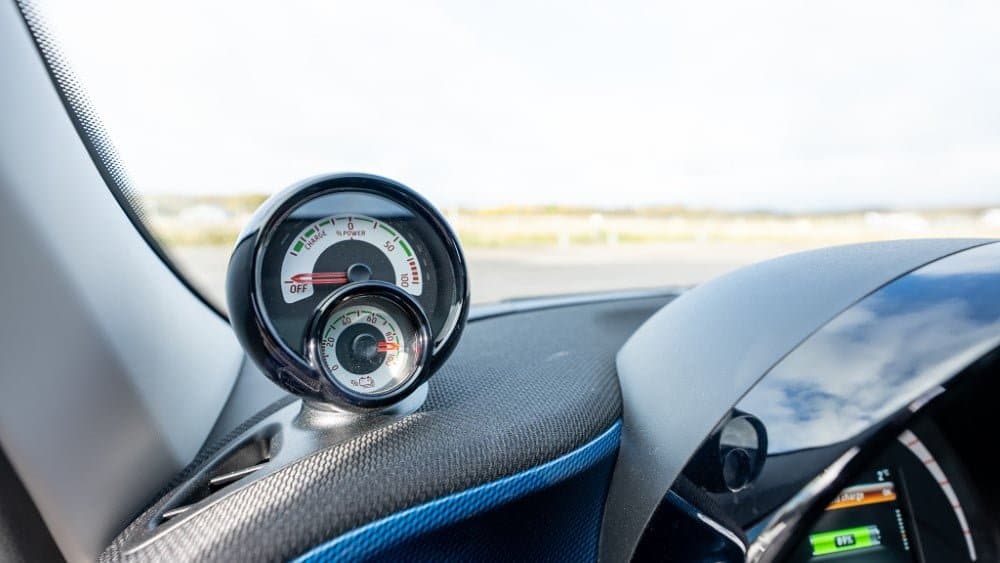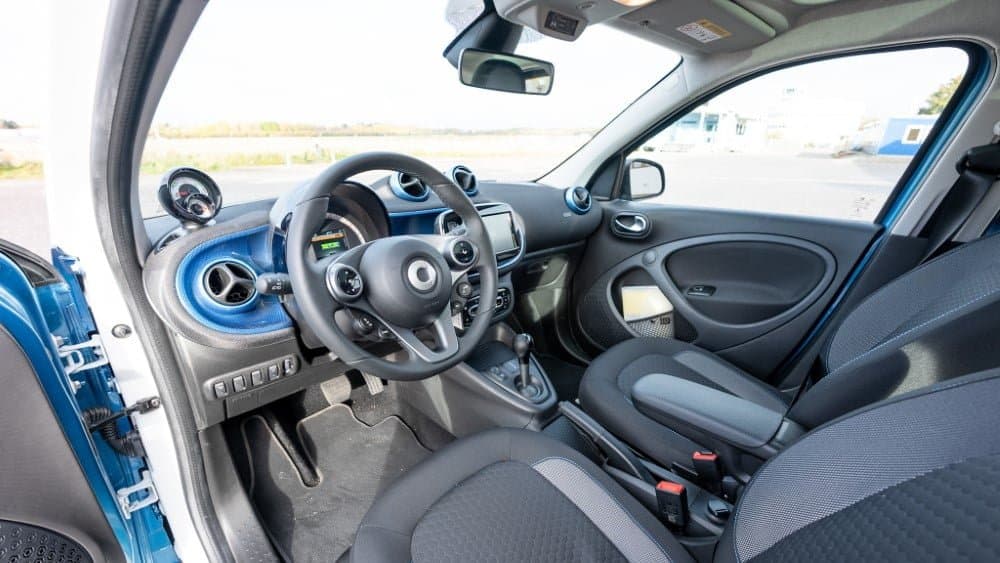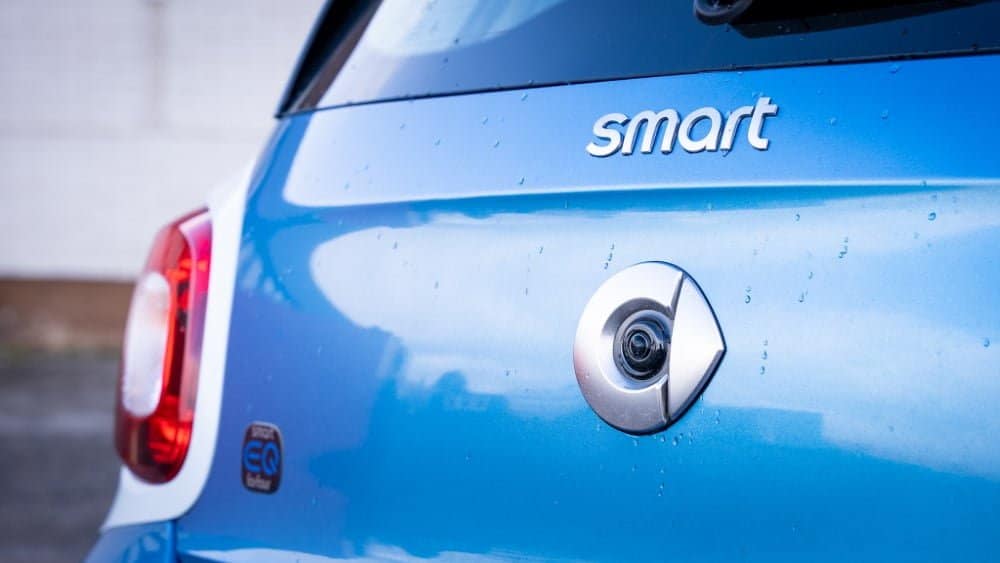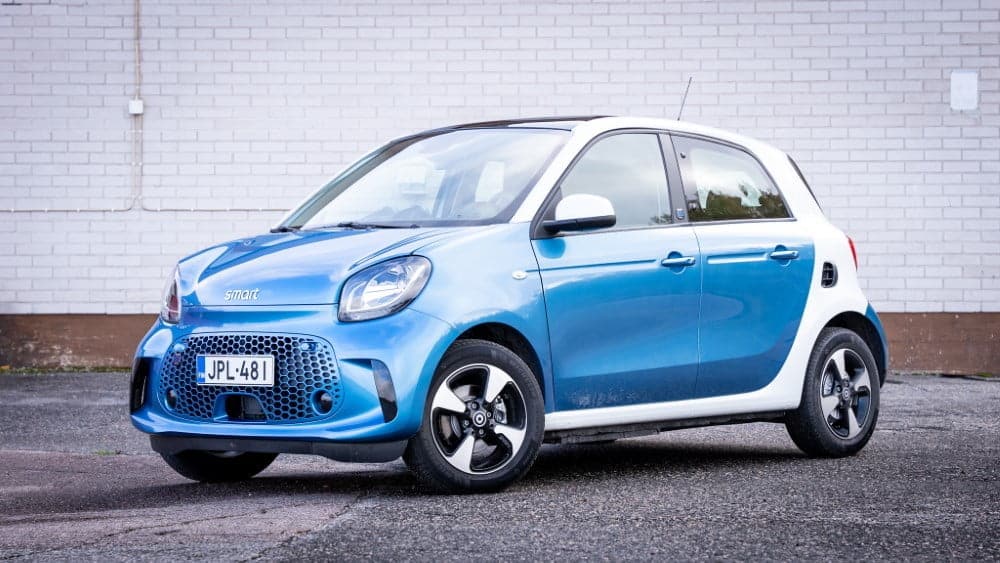In a bold pioneering move, Smart says it is the first car manufacturer to move from an internal combustion engine model to an all-electric range. This fits in well with the image of the car, which from the first models has been the car world’s personal and small “eye-catching city car”.
Smart’s current range consists of three options. The smaller two-seater Fortwo is available as a convertible and a convertible, and the four-seater Forfour is available as a test-driven convertible.
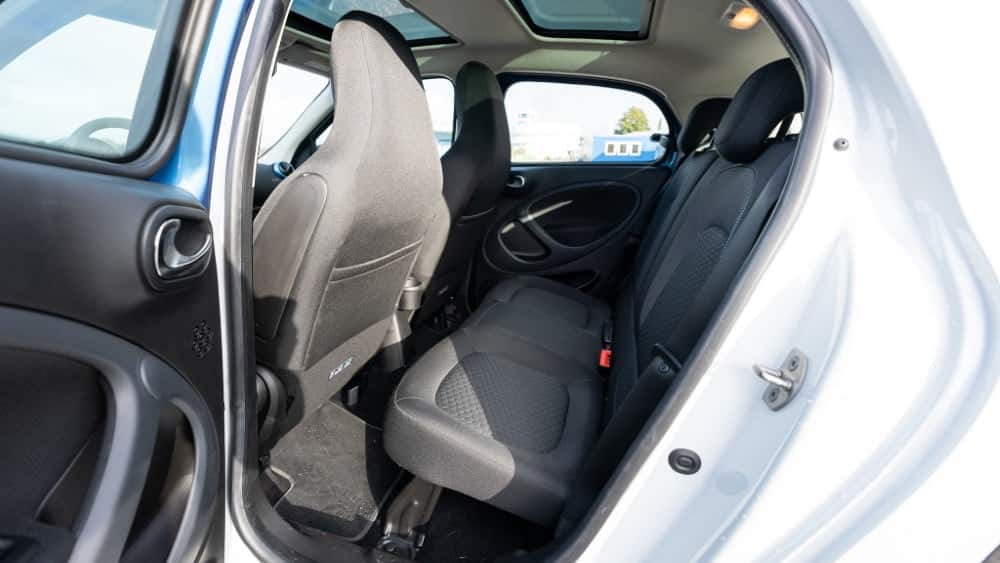
Antti Fortwo..
Despite its four-seat capacity, the Forfour is a compact city car that is surprisingly easy to park, even on the busiest city streets. One of the best things about Smart models is their compact size, which allows them to be parked in tight spaces. The Forfour has an overall length of around 3.5 metres and the two-seater Fortwo is as much as 80 cm shorter.
The Forfour can seat four, although in the back seat an adult will have to compromise a little on legroom. On the other hand, there’s plenty of room on top, and no one over 180 cm tall has to crane their neck. The boot space in the boot is filled with a few large shopping bags and car charging leads.
The panoramic sunroof, which comes with the Premium package in the test car, adds to the rear headroom and spaciousness of the interior.
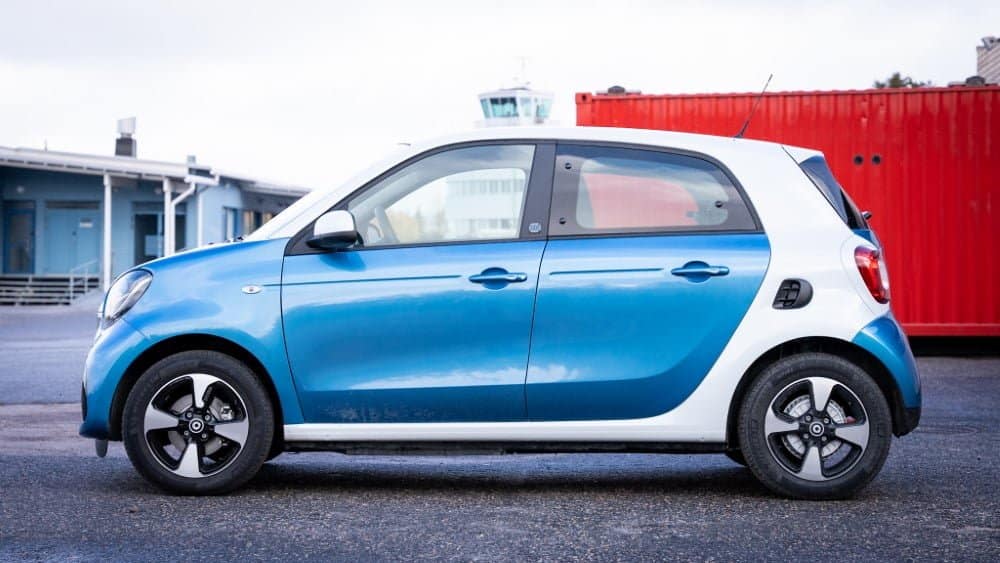
… and electricity for 100 kilometres
Smart’s lithium-ion battery has a capacity of 17.6 kWh. Smart’s reported electricity consumption is affected by whether the car comes with the standard 4.6 kW or 22 kW internal charger. With the lower capacity internal charger, the reported electricity consumption is 17.3-15.9 kWh/100km and with the 22 kW charger 15.9-14.6 kWh/100km.
The 22 kW internal charger, which is available as an option, is one of the most important and first accessories to choose for your car. According to Smart, this investment of around €1,100 will result in lower electricity consumption, but the more important feature is the battery charging speed provided by the more powerful internal charger.
The battery charges almost five times faster than with the car’s standard 4.6 kW charger. The Smart’s charging speed is emphasised by the relatively small battery capacity for a full electric car. With a 22 kW internal charger, the car can be fully charged from zero in less than an hour.
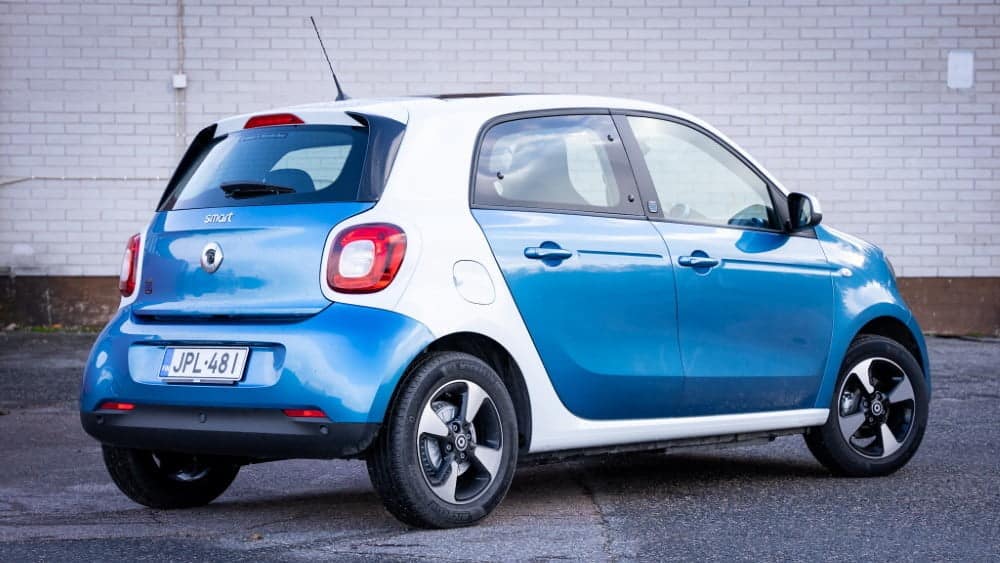
Smart claims a range of 135 kilometres for the Forfour. This was not terribly far off during the test drive. During the test drive, the light gas footprint achieved a consumption figure of 16.3 kWh/100 km, including two “cold starts”, i.e. the car is warmed up by the car’s battery when moving off. The weather conditions were chilly and wet in autumn.
Charging was carried out with 10% of the battery remaining and 96 kilometres of driving at an average speed of 40 km/h. The test journey consisted of about half road and half city driving.
In everyday use, the range is around 100 kilometres, when the battery is not intended to be completely drained.
In colder weather, electricity can be saved considerably by preheating the interior while the car is connected to the charging cable. Preheating is automatically triggered when the start time is set on the Smart’s instrument panel.
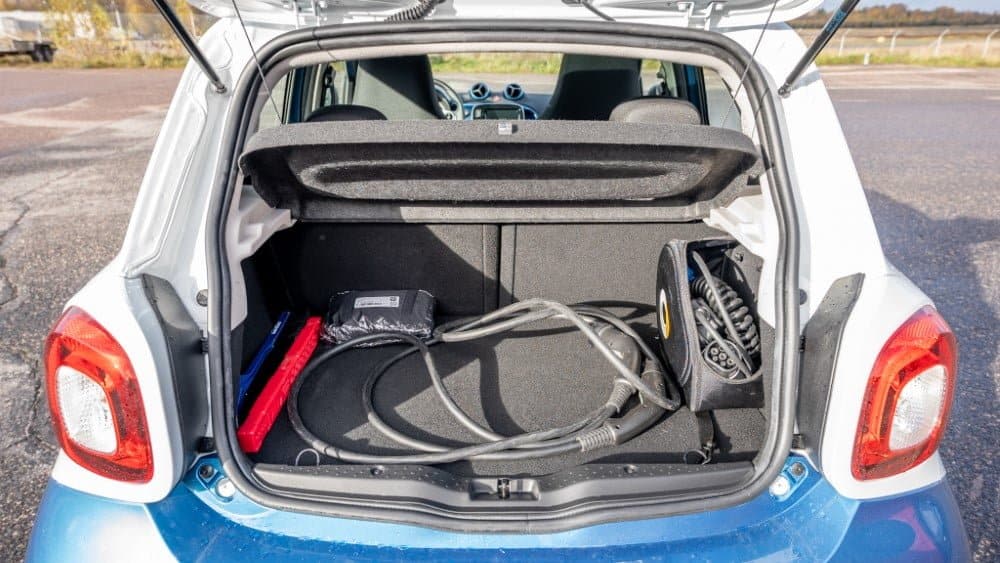
Tenacious electricity
In addition to its compact size, the electric Smart reveals a dimension you wouldn’t first think of – an electric motor provides a zippy ride even with a heavier load. With larger electric cars, you’re used to hard acceleration from zero to 100 km/h, and the way the car’s running gear is currently making your stomach churn.
The Smart doesn’t exactly give you the feeling you get from amusement park rides, but for a small car it’s efficient. Power from the electric motor is a reasonable 82 horsepower and 160 Nm of torque, but the electric motor allows for instant power in any situation and without delay.
The car clearly feels more efficient for its power figures. Smart has listed the car’s 0-60 km/h acceleration time of 5.2 seconds in the specifications. The weight gain of three passengers seems to have little effect on handling, unlike in low-power internal combustion engines.
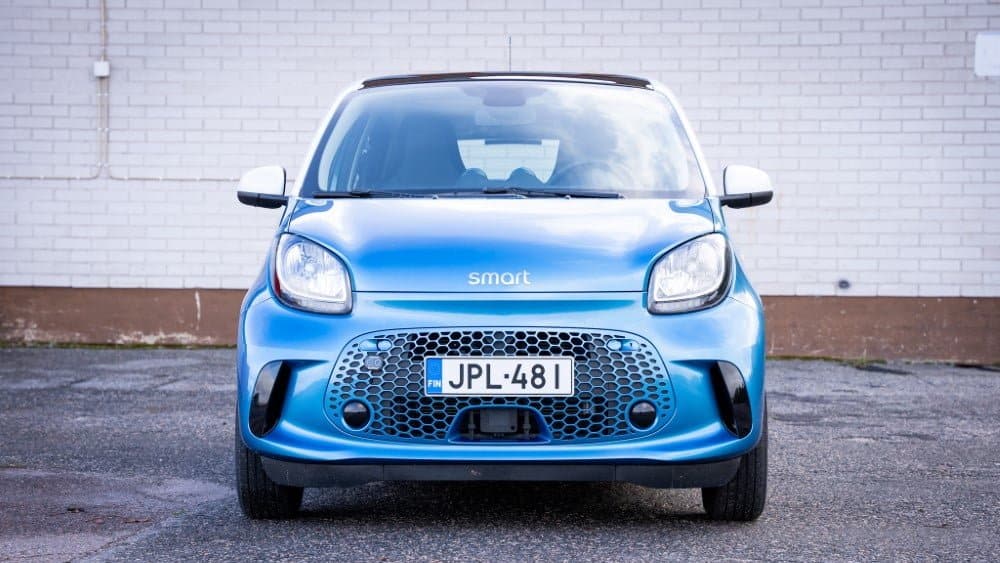
It’s all about the feeling
The Smart has never had, and has never had, a clear opponent, but has always been able to wrestle alone in a class of its own. Despite its personal appearance, the Smart has put practicality first. On the contrary, the menus, driveability and ease of use make the electric Smart a practical city car and shopping bag.
However, the high price and the sometimes unpredictable 100 km driving range are a bit of a nuisance. The cheapest two-seater version of the electric Smart is available for just over €24 000. The four-seater test car starts at around €1,000 more.
Unless there is a compelling need for four seats, the two-seater Fortwo Coupé is currently the cutest and trendiest city car on the market. With countless colour options and combinations, you can personalise the car to suit your mood.
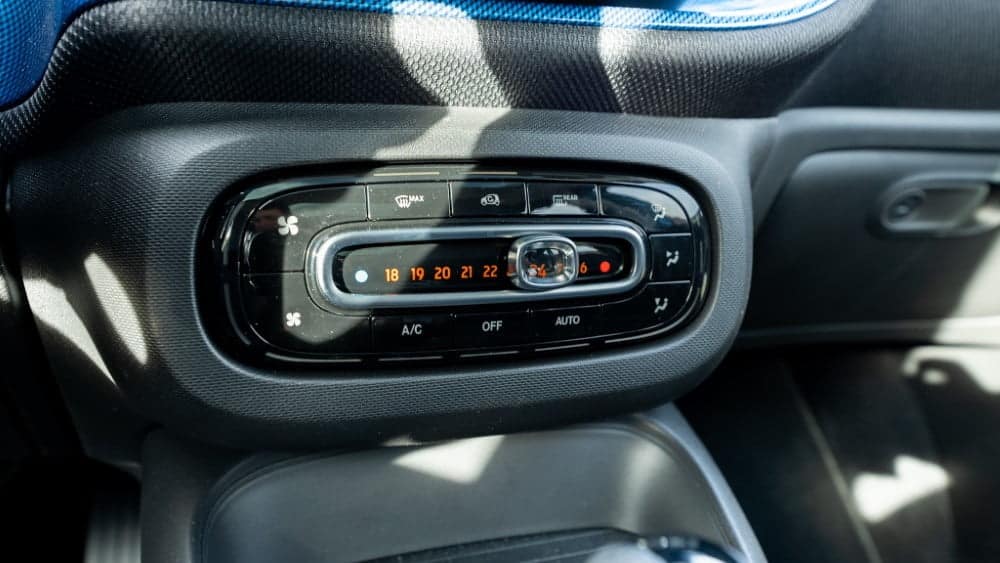
Smart Forfour EQ
- Total maximum power: 60 kW, 82 hp.
- Maximum total torque: 160 Nm.
- Driving battery capacity: 17.6 kWh
- Rated range on a single charge: 135 km.
- Test-driven range on a single charge: 96 km (100%->10%)
- Acceleration: 12.7 sec (0-100 km/h)
- Combined energy consumption: 15.9-14.6 kWh/100km.
- Test drive consumption: 16.3 kWh/100km.
- Top speed: 130 km/h
- Starting price: €25 393
- Test drive price: €31 283
